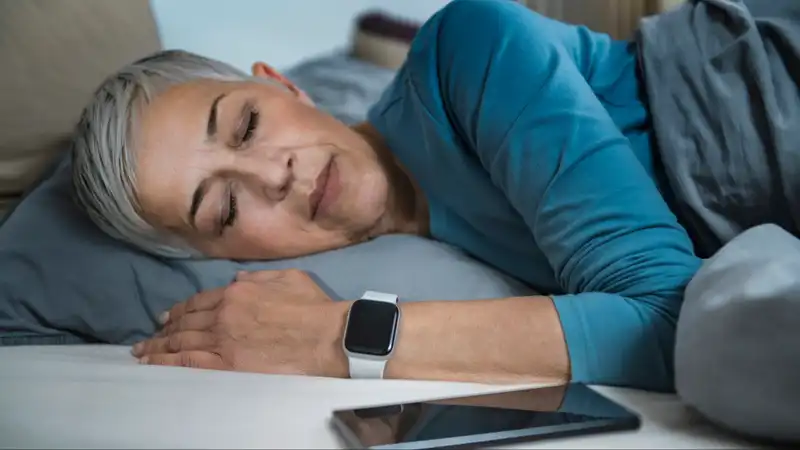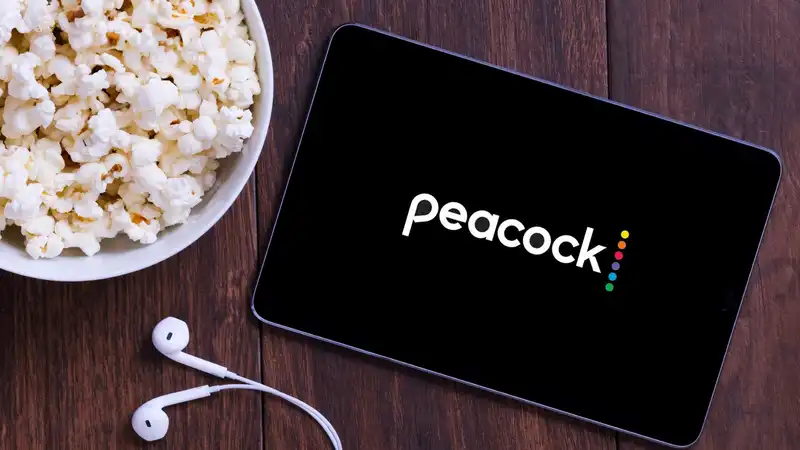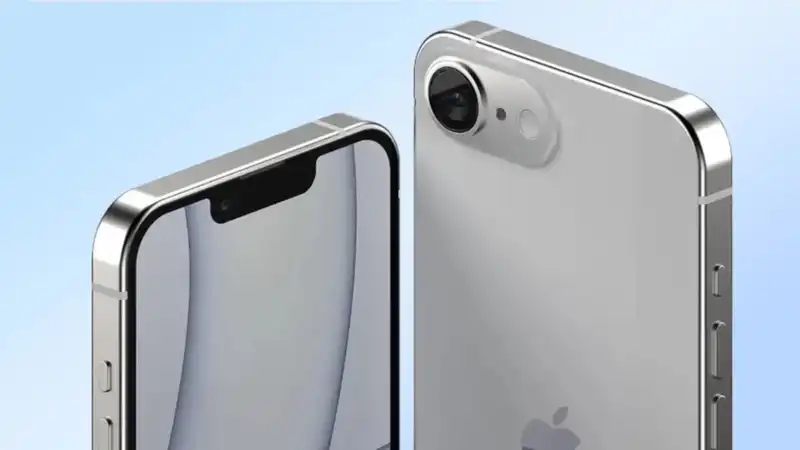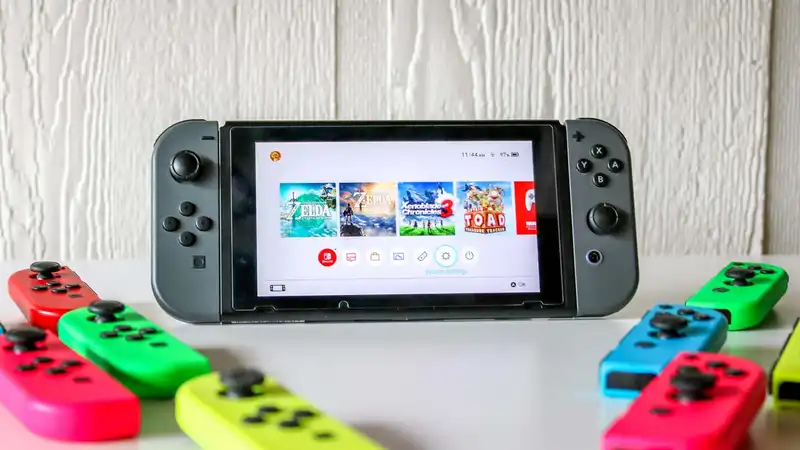Sleep apnea, which affects 25 million people in the United States and 15 million in the United Kingdom, is a surprisingly difficult disorder to diagnose, given that the symptoms are obvious while you are asleep Without a partner to observe you at night, it could be years before you realize you might have the disease
Yesterday, however, the FDA approved the new Apple Watch (Apple Watch Series 10) This new technology cannot diagnose sleep apnea, but it can highlight common symptoms that can help doctors diagnose the condition
But experts warn against relying solely on smartwatches to monitor your health: what will the Apple Watch be able to do, with the help of Dr Chelsea Perry and Dr Marschall Runge, and is that a positive development? and how to watch out for common sleep apnea symptoms, let's take a look at some specifics
According to the CDC, sleep apnea is a sleep disorder in which breathing stops temporarily during the night There are two types: obstructive sleep apnea and central sleep apnea
Harvard Health describes obstructive sleep apnea as a partial or complete blockage of the airway due to relaxation of the throat muscles during sleep This obstructs airflow and causes breathing to stop, which wakes the patient [Central sleep apnea is less common than OSA and, according to Professor Rodriguez-Villegas, founder and director of the Wearable Technologies Lab at Imperial College London and founder and CEO of the medical technology company Acurable, “the brain cannot send the necessary This occurs when “the brain is unable to send the necessary signals to the muscles that control breathing for a short period of time
According to Apple, the Apple Watch Series 9 and later and the Apple Watch Ultra 2 can detect and measure breathing disorders They can notify the user if they monitor breathing impairment values that reach levels associated with moderate to severe sleep apnea
The algorithm used to monitor and measure breathing disorders uses accelerometer data from a large set of adults as training data These adults were simultaneously recorded by an Apple watch and an in-lab polysomnography (PSG) or home sleep apnea test (HSAT) kit to ensure accuracy
Apple states, “If at least 10 sleep records with values of respiratory disturbance (which need not be continuous) occur within a given 30-day period, the notification algorithm checks to see if at least 50% of these values are elevated If so, the algorithm notifies the user of the possibility of sleep apnea
Dr Marschall Runge, MD, PhD, CEO and EVP for Medical Affairs at the University of Michigan Medical School, believes this is a positive development and “will increase the importance of sleep apnea and sleep apnea testing Especially for those who sleep alone, as there is no other way to diagnose sleep apnea”
To avoid the possibility of false positives, Apple decided to prioritize specificity over sensitivity These terms mean:
Specificity: specificity: the percentage of people without moderate to severe sleep apnea who do not receive a notification
Sensitivity: sensitivity: the percentage of participants with moderate to severe sleep apnea who are correctly identified by the algorithm
Apple has recorded notification performance with a sensitivity of 666% and specificity of 959% This means that many sleep apnea cases may go undetected with the use of the Apple Watch
It is this point that Dr Runge is concerned about I do not dislike the idea that the Apple Watch “overdiagnoses” sleep apnea At least in that setting, people would be formally evaluated My concern is underdiagnosis A person with sleep apnea might say to their partner, 'See, I told you I don't have sleep apnea '"
You can read the full clinical trial validation in Apple's summary of ”Estimating Breathing Disturbances and Sleep Apnea Risk from the Apple Watch”
Dr Chelsea Perry, owner of Sleep Solutions and a member of the American Academy of Sleep Medicine and the American Academy of Dental Sleep Medicine, said, “The Apple Watch's detection of sleep apnea is a breakthrough that provides a familiar way for people to detect apnea early While this may be the case, it is important not to rely solely on technology for medical advice,” she says
“It would be great to raise awareness, but nothing beats a professional sleep test for accuracy,” she added It is essential to know the common symptoms so you don't have to rely on a smartwatch”
Dr Perry said 'You may not know you have sleep apnea because you are asleep, but feeling unspeakable fatigue during the day or waking up with a dry mouth or headache are clues'
Along with this, an important sign is that “people with sleep apnea are often chronically fatigued even though they appear to be getting 'enough sleep Dr Runge adds
Here are some common symptoms of sleep apnea:
If you suspect sleep apnea and share a bed, have your partner observe you at night Or, if you sleep alone, discuss your concerns with your physician
“Diagnosing sleep apnea usually requires a sleep study at home or in a laboratory to monitor breathing, oxygen levels, and other sleep indicators,” Dr Perry notes
Although anyone, including children, can develop sleep apnea at any time, there are several risk factors that predispose to sleep apnea They include:
If you are concerned about sleep apnea, there are ways to reduce your chances of developing it Healthy lifestyle changes, such as eating a heart-healthy diet, aiming for a healthy weight, quitting smoking, and reducing alcohol consumption, may help prevent obstructive sleep apnea










Comments